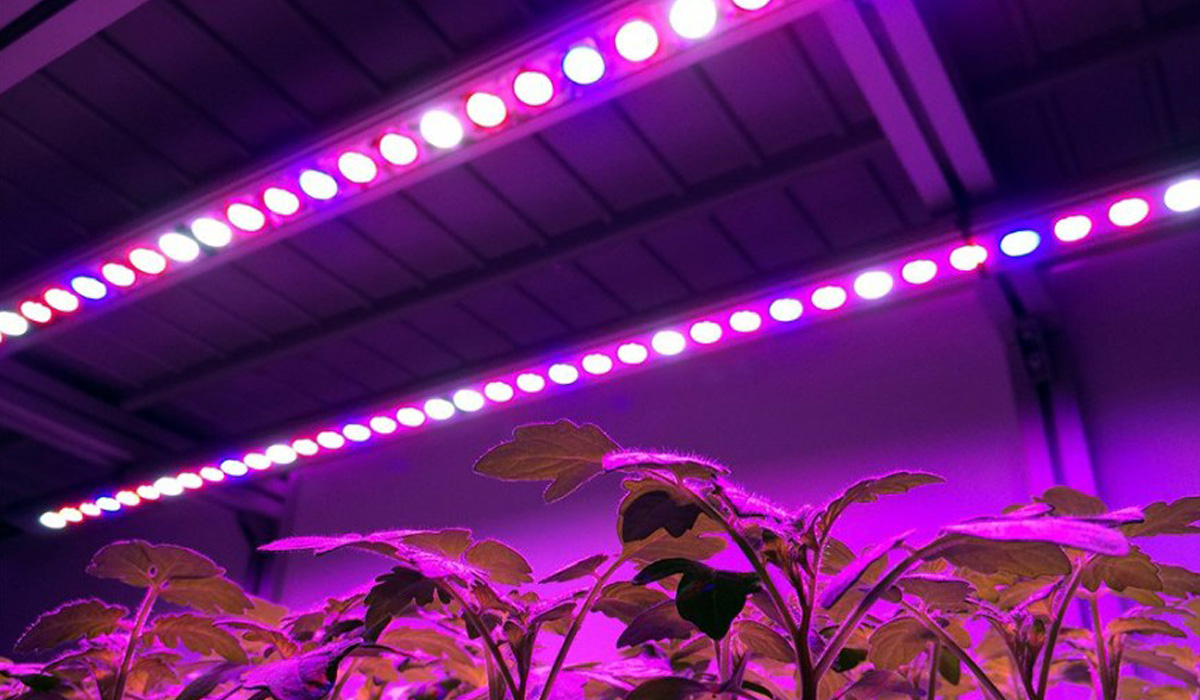LED lighting has more distinctive advantages in crop growing compared to more traditional but still widely used crop lighting such as High Pressure Sodium (HPS) lights. The plant light meters may not often provide a holistic view of the light intensity. Furthermore, a similar reading of both HPS and LED light sources may not imply correspondence. For example, a reading of 1000 uMols/sec/m2 from a HPS source and 1000 uMols/sec/m2 from a LED source does not indicate a similarity in light intensity. In order to obtain a better quality and yield from the plants, growers must amplify HPS lights by providing more wattage hence that it shines on the required area compared to better tuned LED lighting sources that target the plants with the required light spectrum.
In other words, the HPS lights require more wattage to provide the 1000uMols/sec/m2 for the plants, whilst the LED lights nourish the plants with the right spectrum of green that achieves the same 1000uMols/sec/m2 crop lighting value with a significantly lesser power drawn efficiently. The LED lights achieve this due to finely tuned LED chips. The LED chip combination is tuned to emit red & blue lights at a higher intensity than green light. As Photo-synthetically Active Radiation (PAR) meters favour red and blue wavelengths, it is trouble-free to generate higher PAR values with less wattage using LED grow lights compared to HPS.

Growers who rely solely on artificial lights for greenhouses, a green light may significantly support plants growth. A green light does not interrupt the dark cycle in flowering plants like the red and far-red lights. It is further important for larger plants to have light reach lower flowers and fruits. Strong green light may travel through plant leaves, and lower flowers and fruits whilst still be “excited” by the light source to produce better yields and accelerate growth. However, the best quality and yield potential could be achieved from the first 18 inches nearest to the LED source of the plant.
Efficiency of LED lights restricts heat emission compared to HPS lights generating advantages. As LED lights in greenhouses contains a relatively lesser heat load, it creates a cooler growing environment with more humidity in the air.
As with HPS lights, air conditioning or exhaust fans may not cycle warm air as frequently as LED lighting system or with higher intensity. This is an excellent quality which growers tend to love when switching to LED.

